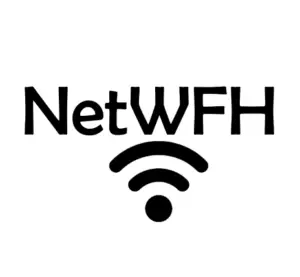This post contains affiliate links.
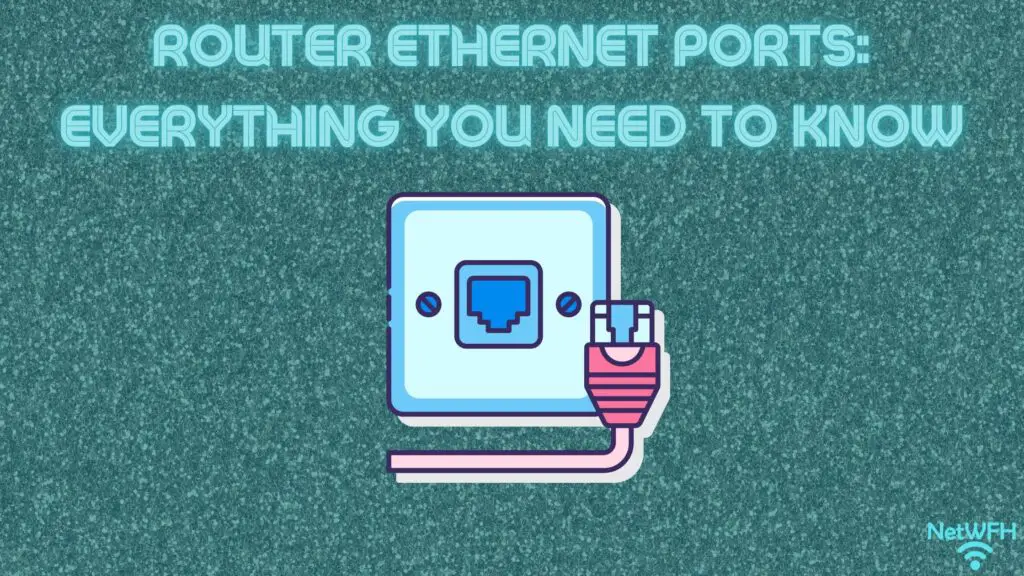
Although they may seem like simple devices, routers can still cause quite a bit of confusion. One area in particular where routers can be confusing has to do with ethernet ports.
People often have lots of questions surrounding router ethernet ports and what they’re used for. Some are even unsure if routers have them in the first place!
Hopefully I can help sort that out for you.
All routers have at least one ethernet port. In fact, most routers have two different types of ethernet ports. They usually have one wide area network (WAN) port for connecting the router to the internet, and four local area network (LAN) ports for providing wired internet connections to devices.
In this post, I’ll answer the most common questions about your router’s ethernet ports.
Do All Routers Have Ethernet Ports?
Ok, let’s start with the basics here.
All routers will have at least one ethernet port. This is the case whether you have a standalone router, or if your modem and router are combined into one device.
Why exactly is this the case?
This has to do with the fact that in most cases, routers are expected to provide your devices with wireless connections to the internet.
The funny thing about this is that routers aren’t able to provide internet connections on their own. They need a little help from a modem.
In order for a router to broadcast a wireless internet network for your devices to connect to, it needs to be connected to a modem with an active internet connection.
Any guesses on how a router and modem with an active internet connection are connected?
You guessed it. With an ethernet cable.
This is why you can be confident a router will have at least one ethernet port; so it can be connected to a modem.
What’s even more interesting is that routers usually have more than one ethernet port. You’ll find out why in the next section.
What Are the Different Ethernet Ports on a Router?
Ok, at this point we’ve covered that all routers will have an ethernet port to connect it to the internet. This ethernet port is called the wide area network, or WAN port.
Here’s what the WAN port looks like on my router:
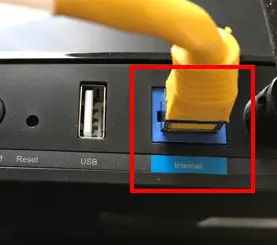
As you can see, the port is clearly marked “Internet” to ensure it’s used to connect the router to a modem.
The WAN port is only half of the story, however.
In addition to a WAN port, routers usually have additional ethernet ports. These ports are called local area network, or LAN ports.
Here’s an example of the LAN ports on my router:
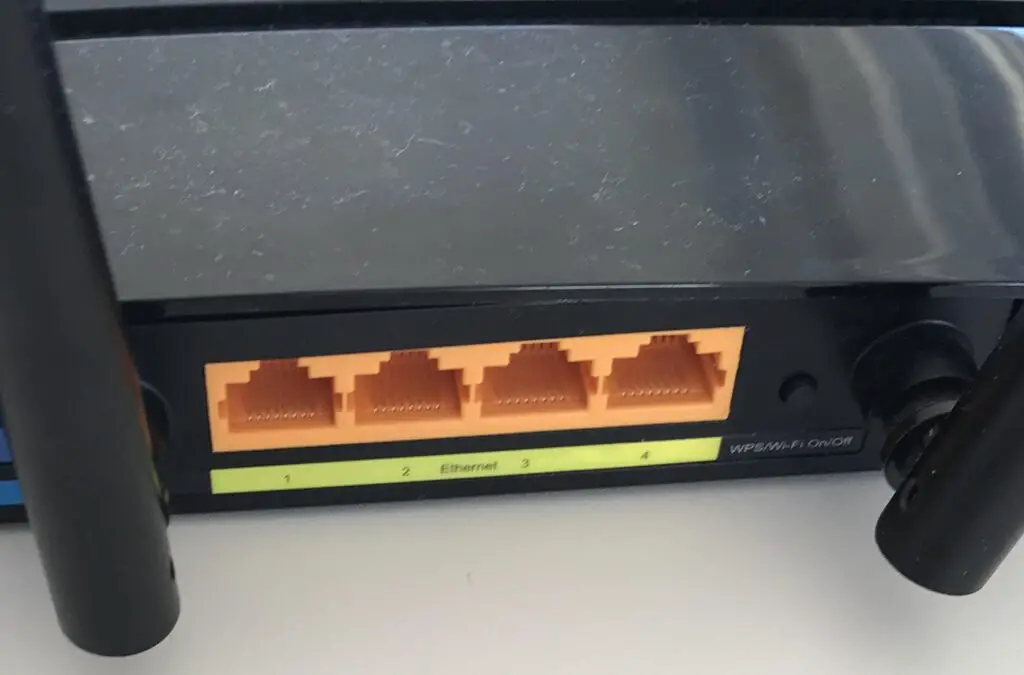
LAN ports are used to provide devices with a wired connection to the router instead of a wireless one.
This can be an extremely useful feature, because wired internet connections have some benefits over wireless ones. For example, wired internet connections are generally more reliable connections when compared to wireless internet connections.
On top of that, wired ethernet connections offer less latency than wireless connections. This can be especially helpful when a responsive internet connection is desired, like when you are online gaming.
To provide a device with a wired internet connection, you just need to connect one end of an ethernet cable to the device, and the other end of the cable to one of the LAN ports on the router.
It’s as simple as that.
How Many Ethernet Ports Does a Router Have?
Now that we’ve established that there are two different types of ethernet ports on a router, it’s important to discuss how many of each type of port we can expect to see.
For your router’s WAN port, this is an easy answer.
You’ll only see one WAN ethernet port on a router.
That’s because your router only needs one connection to the internet. In fact, that’s one of the benefits of a router in the first place; routers use one internet connection to provide many devices with access to the internet.
When it comes to your router’s LAN ports, you’re likely to see more than one. In fact, in most cases you’ll have four LAN ports on your router.
This means you can provide four devices with wired internet connections. With that said, if you get a little creative you can provide wired internet access to many more than four devices…
How to Add Ethernet Ports to Your Router
If you have many devices in your home network that you want to provide with a wired internet connection, you have nothing to fear.
Your wired connections aren’t limited by the number of LAN ports on your router.
You can add more ethernet ports to your router by using an ethernet switch.
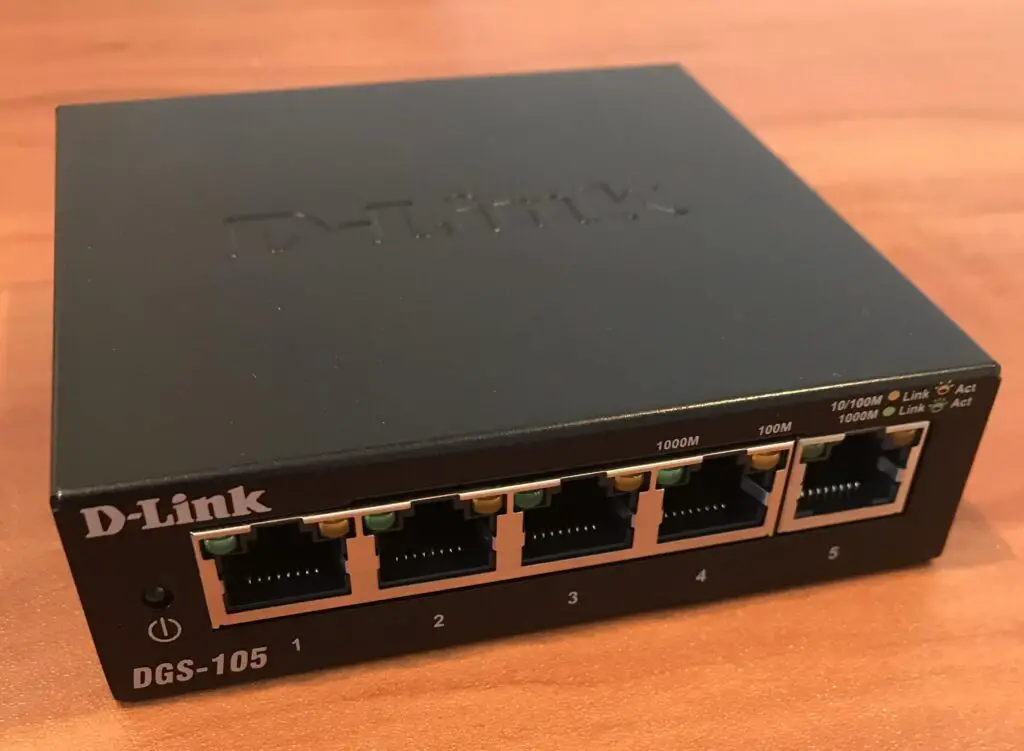
Ethernet switches are useful because they essentially turn one ethernet port into multiple ethernet ports.
Depending upon the number of additional wired connections you need, you can buy an ethernet switch with that number of ports.
For example, a five-port ethernet switch like this one would provide four additional wired connections to your router. One of the ports would be used to connect the switch to the router, but the other four would be open for additional devices.
If you need additional wired connections to your router, it’s easy to find five, eight, and sixteen port ethernet switches.
Does It Matter What Ethernet Port I Use on My Router?
When it comes to the ethernet ports on your router, the only thing you have to worry about is using the right category of port.
In other words, all the ethernet ports on your router will be the same.
If you need further proof, you can look at the specifications of your specific router. In looking at my router’s specifications online, it’s very clear that all the ethernet ports are the same:

All five of the ethernet ports on my router are Gigabit-speed ethernet ports.
So if all of the ethernet ports on my router are the same, it doesn’t matter which one I plug my device in to right?
Not exactly.
As I mentioned, you have to make sure you’re using the right category of ethernet port.
If you plug a laptop into the WAN port on a router, it won’t work. That port is reserved for the connection between the modem and router.
If you’re connecting your laptop to one of your router’s LAN ports, however, pick your poison. It doesn’t matter if you connect your device into the first or fourth ethernet port. Your router will treat all devices connected to its LAN ports the same way.
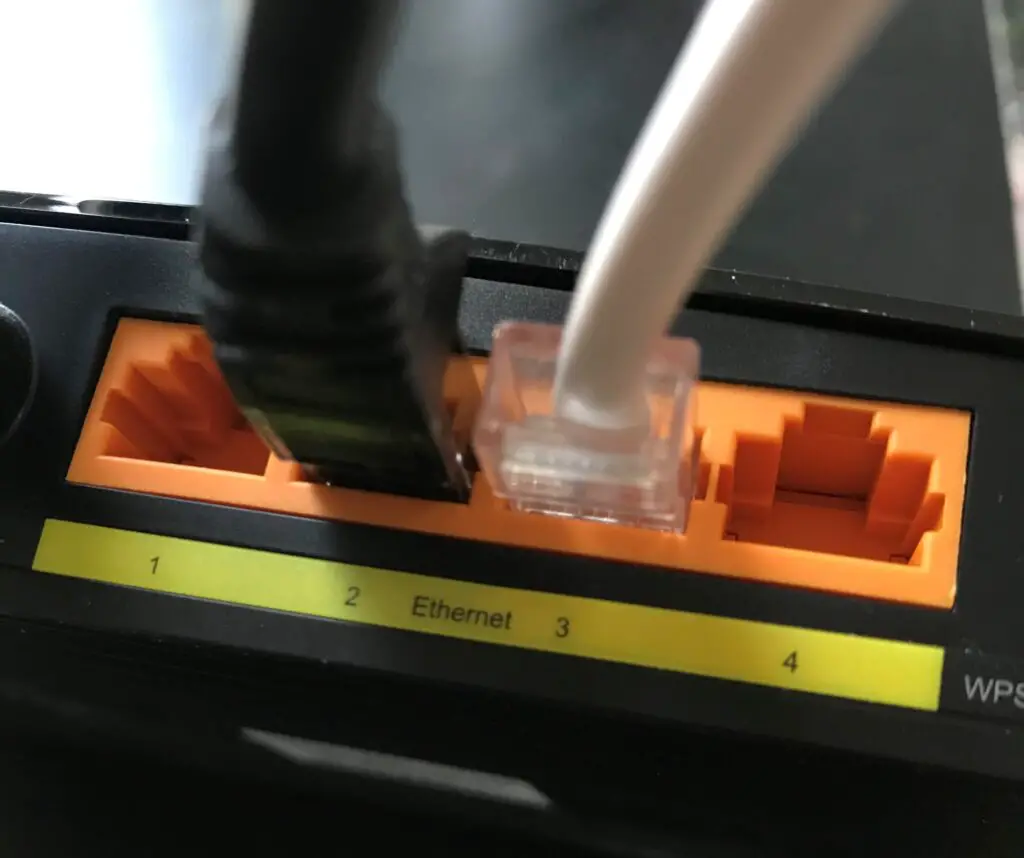
To highlight this example, if the devices plugged into LAN ports 2 and 3 of the router in the picture above were switched, it wouldn’t make a difference.
Wrap Up
There it is folks. That’s everything you’d ever need to know about the ethernet ports of your router. If you have questions about your router’s ethernet ports that weren’t answered in the post above, please leave a comment below.
If you found this content helpful and you would like to learn more about similar topics, check out some of the other posts I’ve written:
What Router Do I Have? How to Find Out
Does a Router Affect Your WiFi Speed?
What is an Ethernet Switch Used for?
